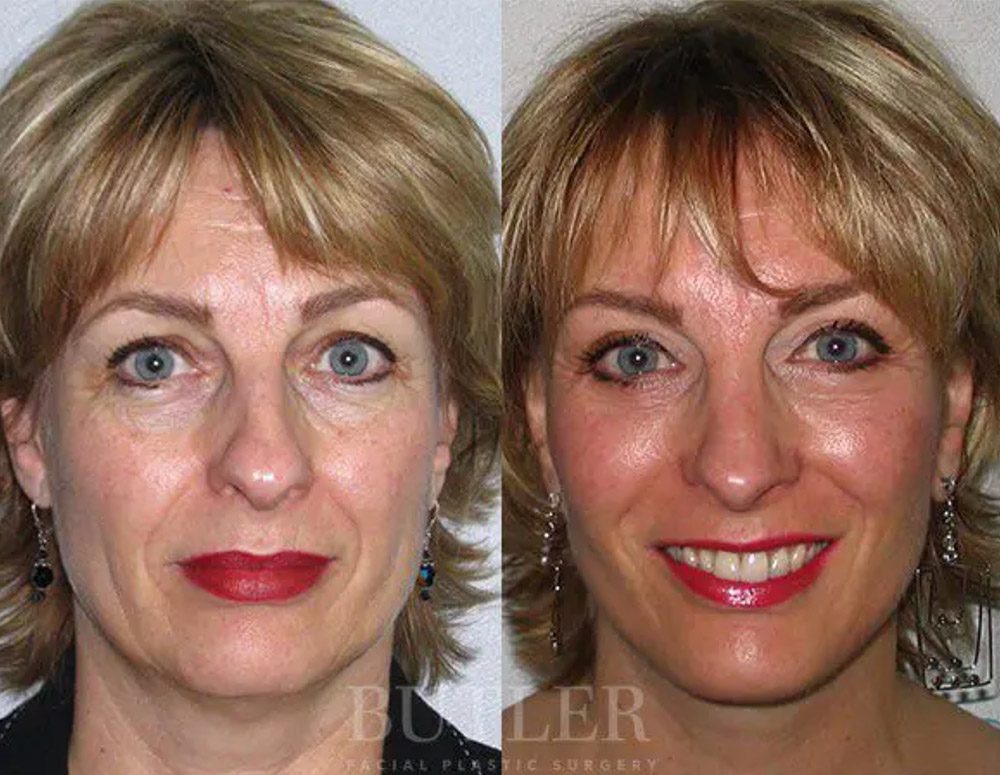
A facelift is a life-changing procedure that can tighten the skin, reposition facial tissues, and address signs of aging. As with any surgery, aftercare is a vital part of achieving the best outcome. One of the most critical components of facelift recovery is the position of your head when resting. This blog will explain why keeping your head raised is essential, how long you should continue after the procedure, and tips to be comfortable while optimizing your healing.
5 Min Read:
Why Elevate Your Head After a Facelift?
Sleeping with your head up after a facelift is important for several reasons:
Reduces Facial Swelling
After surgery, swelling is a natural response as your body heals. Elevating your head allows for proper blood flow and prevents fluid from accumulating in the face, which helps minimize swelling.
Decreases Bruising
Sleeping with your head raised can reduce bruising in the surgical areas by preventing blood from pooling in your face. This position also expedites bruise fading and helps balance your skin tone.
Encourages Maximum Drainage
Facelift surgery involves making small incisions and manipulating facial and neck tissues. Elevating your head promotes lymphatic drainage so your body can remove excess fluids and toxins from the surgical site.
Protects Incisions
Proper positioning prevents pressure on your face and incisions while minimizing the risk of complications like stretching the sutures and reopening wounds.
Facelift Recovery: The First Three Weeks and Beyond
The length of time you need to sleep with your head elevated depends on your specific procedures, your body’s healing process, and your surgeon’s instructions. Patients are typically advised to sleep with their heads up for up to a month following a facelift.
First Week Post-Facial Surgery
In the first week after facial surgery, keeping your head elevated at all times is crucial, as swelling and bruising tend to peak during this stage of recovery. Many plastic surgeons recommend sleeping on your back with your head propped up at a 30–45-degree angle using pillows or a wedge.
Second and Third Weeks
Swelling and bruising should start to improve by the second week, but it’s still important to sleep with your head raised. At this stage, head elevation helps maintain the progress made in the first week.
Beyond the Third Week
By the fourth week, most patients can return to their preferred sleeping positions if they are healing well but must be cleared by their surgeon. Some patients may be instructed to continue head elevation longer if any significant swelling remains.
How Can I Sleep Comfortably With My Head Propped Up?
Adjusting to a new sleeping position can be challenging, especially when you’re used to sleeping on your stomach or side.
Here are some helpful tips to make this adjustment easier:
- Get a Wedge Pillow or Use Extra Pillows for Support: A wedge pillow provides consistent support and keeps your head at the right angle. Unlike stacking multiple pillows, these pillows don’t slip and will keep you stable throughout the night. Extra pillows can be placed under your arms and along your sides to create a supportive cushion that will prevent you from rolling onto your side or stomach while sleeping.
- Elevate Your Whole Upper Body: Sleeping with just your head up may be uncomfortable for some patients. Propping up your whole upper body can reduce strain on your neck and shoulders.
- Sleep in a Recliner: Some patients find it more comfortable to sleep in a recliner during the first few weeks of recovery. The adjustable settings will allow you to find the perfect angle for your head and upper body.
- Wear Your Compression Garment: Many surgeons provide a compression garment to support the healing tissues. Wearing this garment while sleeping will not only protect your incisions but also add extra comfort.
- Stick to a Schedule: Sleeping in the correct position may feel weird at first, but consistency is key. Creating a bedtime routine and sticking to it will help your body adjust to the new sleeping arrangement.
Head Elevation: Common Challenges and How to Fix Them
If elevating your head is uncomfortable due to a strong sleep position preference, or you sleep with zero to two standard pillows for a slight incline, it may take time to adjust to your new (temporary) resting position.
Here are some frequent scenarios and their solutions:
Discomfort from Prolonged Elevation
If you experience stiffness in your neck or shoulders after sleeping with your head raised for several nights, you can alleviate this discomfort by doing gentle neck stretches and using a supportive pillow to cradle your neck.
Can’t Stay on Your Back
If you sleep on your side or stomach, it can be difficult to remain on your back. Try placing rolled-up towels or pillows on either side of your body to prevent rolling over during the night.
Restlessness or Poor Sleep
Some patients have trouble sleeping while recovering from surgery. To improve sleep quality, create a calming bedtime routine, avoid caffeine in the evening, and use relaxation techniques like deep breathing or meditation.
Do You Have to Follow Your Plastic Surgeon’s Instructions?
Every facelift is different, and every patient’s recovery is unique. Following your surgeon’s post-operative instructions (including sleeping with your head raised) is crucial to achieving optimal results. Not following these guidelines can result in:
- Excessive Swelling: Not sleeping with your head up may cause fluid retention in the face.
- Compromised Incisions: Sleeping in the wrong position can put pressure on your incisions, delay healing, and increase scar size.
- Suboptimal Results: Poor aftercare often negatively affects the results of your facelift, and when complications occur, you may require additional surgery.
More Tips for a Smooth Facelift Recovery
To help with your healing and get the best results, follow these tips:
- Hydrate: Drinking plenty of water helps with tissue repair and overall recovery.
- Don’t Lift Heavy Objects: Avoid heavy lifting and intense physical activity for at least four weeks after surgery.
- Eat Healthy: Consuming nutrient-rich foods will reduce inflammation and support healing.
- Attend Follow-Up Appointments: Regular check-ins with your plastic surgeon help ensure you’re healing as expected.
Looking for A Santa Monica Facelift Specialist?
Dr. David Butler is a double board-certified plastic surgeon and facelift specialist in Santa Monica, California. With his customized surgical and nonsurgical facial treatments, he provides ideal results for those in Los Angeles, Orange, and Riverside Counties while also catering to out-of-town facelift patients.

Our surgeon offers several advanced techniques to reverse facial aging, such as eyelid surgery, lip enhancement, and reconstructive surgery.
Call us at (310) 428-0033 or complete our online contact form to schedule your consultation with Dr. Butler today.
